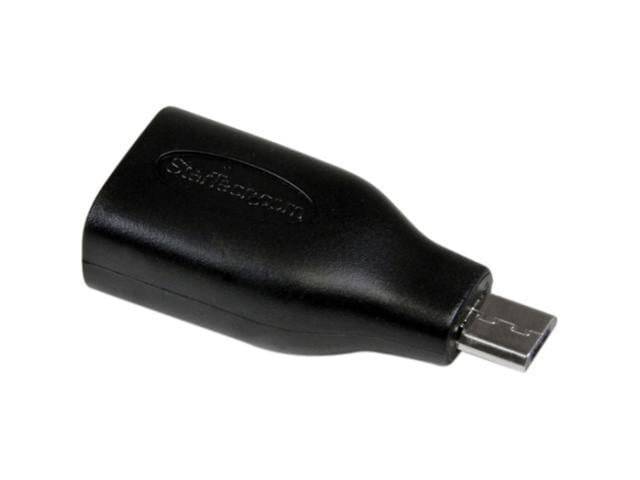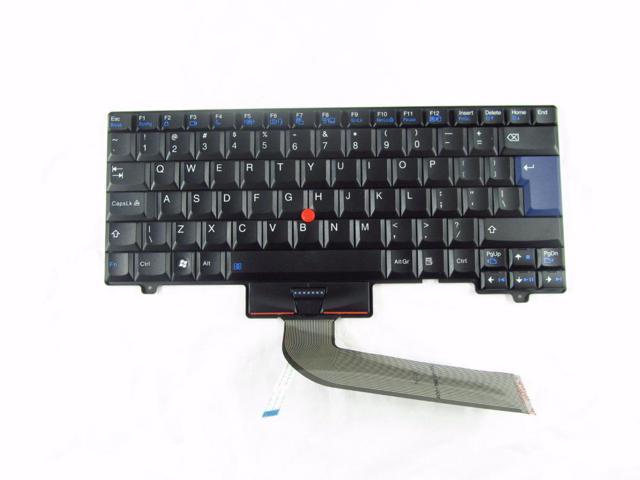Excerpt from Leading American Inventors, Vol. 1
Within its twelve chapters this book presents a group of leading American inventors of the past. First in time, and, in many respects, first in talent, is Colonel John Stevens, who built a successful screw propeller, and who devised a sectional boiler of a model which, duly modified, is in wide use to - day. Beside him stands his son Robert, who devised the T-rail and much other equipment for railroads and work shops. Fulton comes next with his Clermont and his tor pedoes, an inventor with a statesman’s breadth of mind, with the outlook of an artist no less than that of an engineer. The mastery of land and sea is continued by Ericsson with his Novelty locomotive, his Monitor, and his caloric engine. These four great engineers are succeeded by four mechanics, each the leader of an industrial revolution. First Whitney, with his cotton - gin; then Blanchard, with his copying lathe; mccormick, with his reaper; Howe, with his sewing machine. Then, all alone, stands Charles Goodyear, who came to the vulcanization of rubber by dint of a courage unsurpassed in the annals of peace or war. A final quartette are inventors who broadened the empire of the printed word Morse, who gave electricity a pencil to write its messages a thousand miles away; Tilghman, who derived paper from wood so as to create a new basic industry for mankind; Sholes, who built a typewriter to replace the pen with the legibility and swiftness of printing; and last of all, Mer genthaler, who took a Sholes keyboard, and bade it com pose both the columns of newspapers and the pages of a book.
About the Publisher
Forgotten Books publishes hundreds of thousands of rare and classic books. Find more at www.forgottenbooks.com
This book is a reproduction of an important historical work. Forgotten Books uses state-of-the-art technology to digitally reconstruct the work, preserving the original format whilst repairing imperfections present in the aged copy. In rare cases, an imperfection in the original, such as a blemish or missing page, may be replicated in our edition. We do, however, repair the vast majority of imperfections successfully; any imperfections that remain are intentionally left to preserve the state of such historical works.















